Regarding FxCop, yes it is a good idea to make use of the tool, whether you are in a new project or an existing one. Much like StyleCop, you can run the tool and review the output. Unlike StyleCop, FxCop works on compiled code, not source.
It will probably be overwhelming at first. A good idea is to turn off all the rule groups, and rerun the tool to get a blank slate. Enable one group at a time, resolving any messages that appear, or turning off specific rules in that group if they do not apply to you (the default rules as a whole are quite broad, and not all will apply; you need to customize the ruleset for your needs).
At the end, you will have resolved all messages by either implementing appropriate fixes, or selectively disabling extraneous rules.
As a rule (no pun intended) I consider the Security and Performance groups good ones to start with. The Naming rules are subjective, and may clash with your own conventions. Turn them off if so. Mobility and Globalization are also subjective, and depend on your needs. As for the rest, well, you create your own conclusions!
